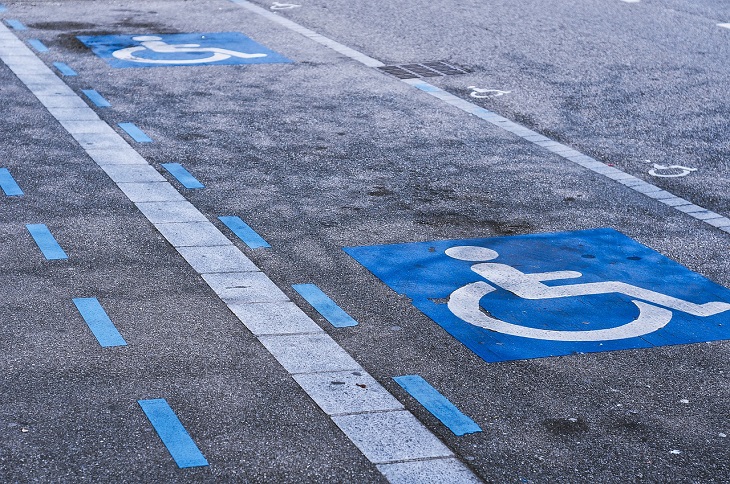Having a disabled parking permit makes it so much easier to navigate life behind the wheel for disabled drivers, and can take a huge weight off the mind. Applying for a disabled parking permit in Delaware has many benefits, and the best thing is that it’s a simple and inexpensive process.
The state offers residents several different permit options. These include:
Delaware disabled parking placards
Disabled parking placards are free of charge for residents of the state of Delaware. Temporary disabled parking placards are valid for 35–90 days and require re-evaluation by a medical professional. Permanent placards are valid for up to three years, can be renewed online or by mail, and only require self-certification of your disability.
Delaware disabled license plates
Disabled license plates incur a standard vehicle registration fee cost. Disabled license plates are only available for drivers with permanent disabilities. They can be renewed along with the vehicle’s registration.
Delaware disabled veteran license plates
Disabled veterans in Delaware may also be eligible to receive disabled veteran plates. Applicants simply need to fill out the Application for Special DAV-HP License Plates form, stating that they have a verified disability certified by the Veterans Administration. The application incurs a one-time $10 fee and must be submitted in person at any Delaware DMV office.
Visitors to the state of Delaware can also use their disabled parking permit or placard from their home state to avail of reserved disabled parking, provided the placard or permit is valid and is correctly displayed within/on the vehicle.
What conditions qualify for disabled parking in Delaware?
The Delaware Division of Motor Vehicles can issue a disabled parking permit for the following verified conditions:
- Limited walking ability due to neurological, arthritic or orthopedic conditions
- Lung disease
- Not being able to walk 200 feet without resting
- Class III or IV cardiac condition
- Requiring the use of a cane, brace, crutch, wheelchair or other assistive device to move
- Requiring a portable oxygen device
- Being a disabled veteran (as discussed above)
- Being over 85
There may be other conditions than those mentioned above that could qualify for a disabled parking permit or plates; these can be discussed with a medical professional during your evaluation consultation.
How do I get a disability placard in Delaware?
Applying for a Delaware disabled parking placard or license plate is a simple and easy process. You need to have your condition certified by a licensed physician in your state – this can be done in person or via telemedicine (i.e. remotely). During the short consultation, the physician will discuss your medical history and your current medical condition to make an evaluation of your health status.
The physician will certify your application form to verify your disability. You must submit this certification, along with a completed Application for Special License or Special Parking ID Placard for Persons with Disabilities (Form MV474), in person at a local Delaware DMV office or by mail. Following this application, you should receive your disabled parking permit/license plates shortly.

What are the disabled parking laws in Delaware?
You must correctly display your disabled parking permit by hanging your placard from the rearview mirror when parked, and removing it when the vehicle is in motion.
The disabled parking laws in Delaware are designed to make life behind the wheel easier for disabled drivers. Those who abuse these laws are subject to various fines and penalties. It is illegal to provide false or fraudulent information during the application process, in order to falsely obtain a permit. There are also penalties for violating disabled parking rules in Delaware, such as parking in a disabled parking place without the necessary permit or plates.
There is a $100 fine for the first offense, which rises to a $200 fine for the second and subsequent offenses. Further abuse of disabled parking rules may lead to imprisonment for up to 30 days.
It’s encouraged to contact local law enforcement to report any violations of disabled parking regulations and rules. Please include the license plate number of the offending vehicle, along with a detailed description of what you observed so that it can be investigated. This ensures that those with a disabled parking permit or plates are free to use the parking spaces reserved for them.








